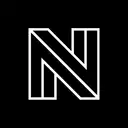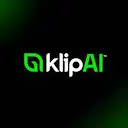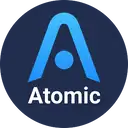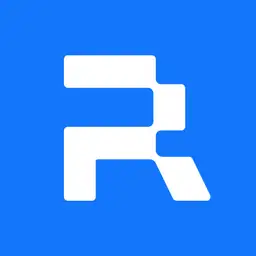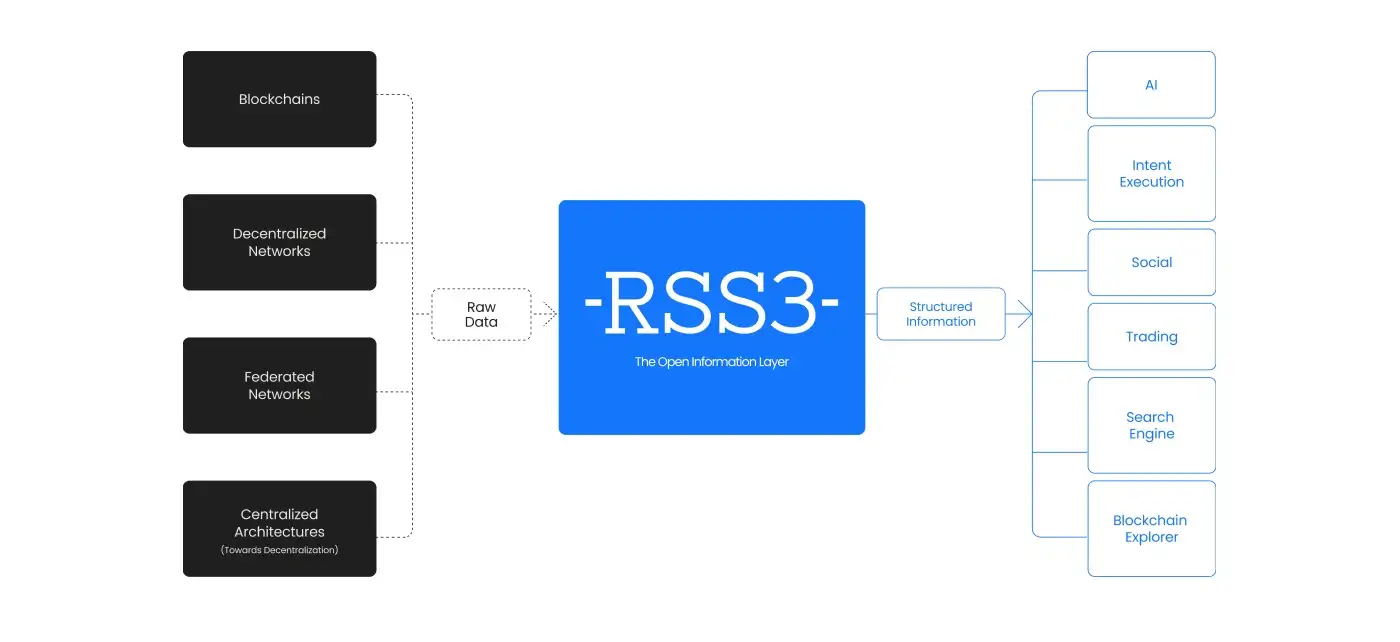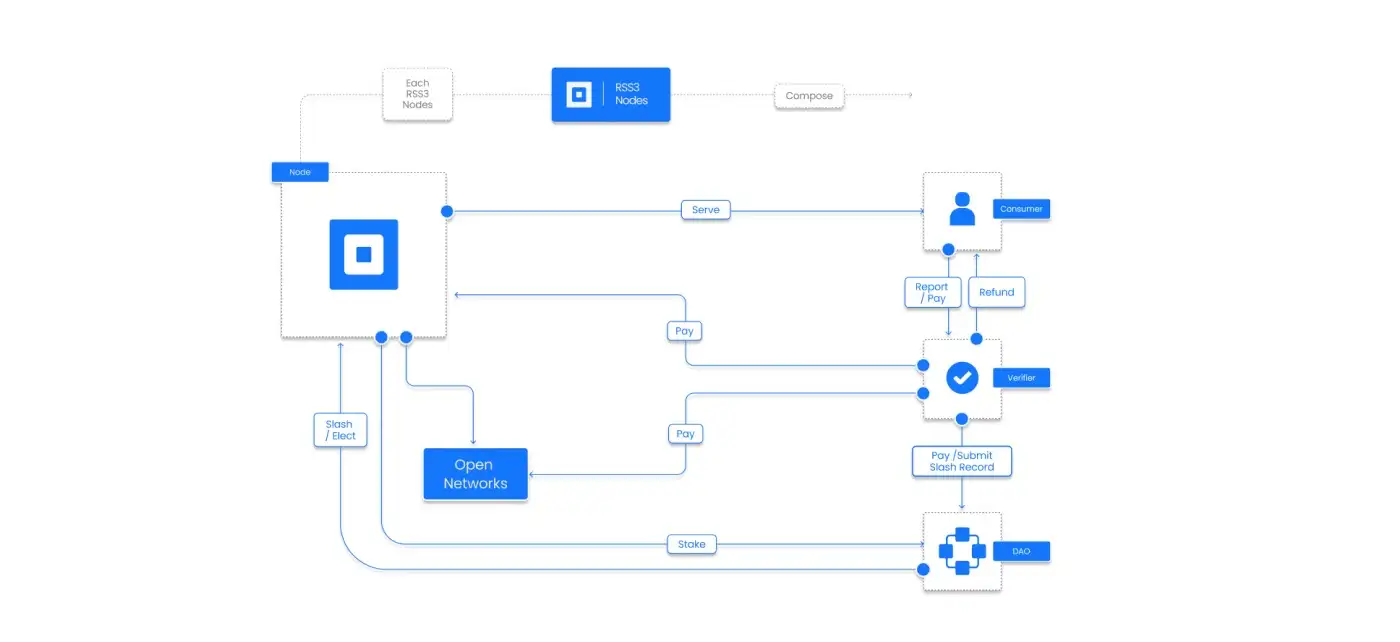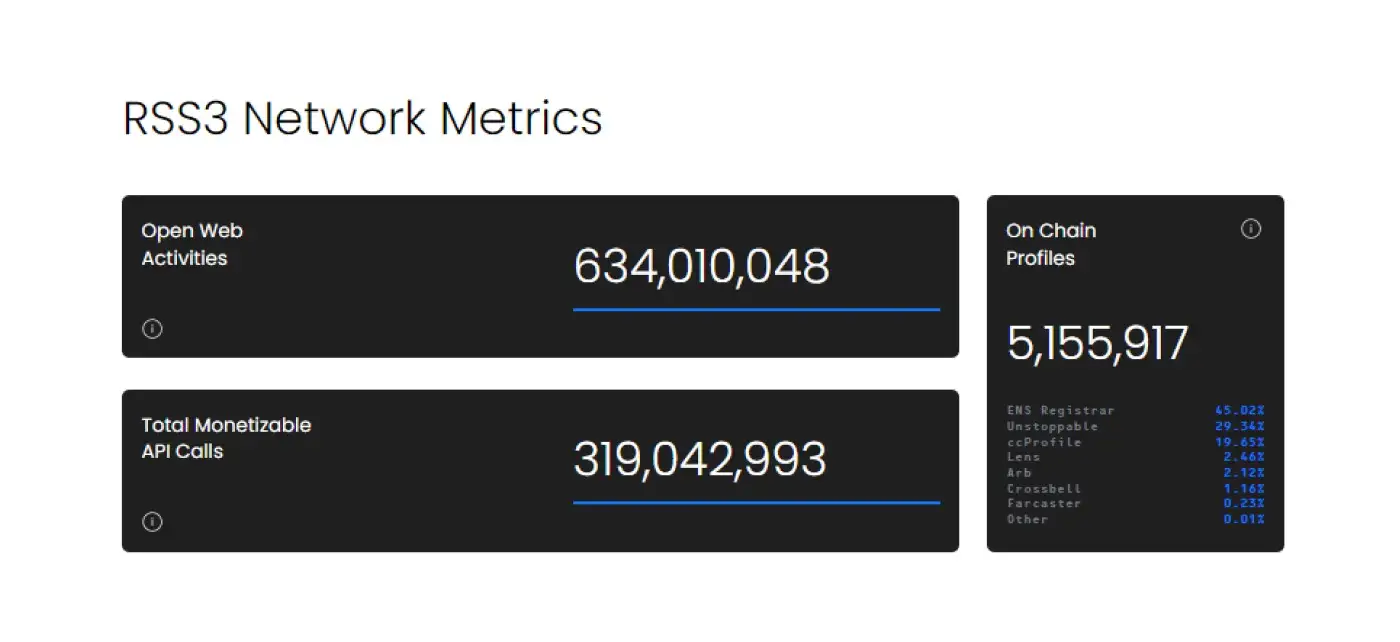About RSS3
RSS3 is a groundbreaking platform dedicated to building the Open Web by enhancing the seamless flow of open information. Drawing inspiration from the original RSS protocol, RSS3 aims to transform the way information is shared and accessed across the internet. It prioritizes decentralization and transparency, empowering users with control over their data while enabling effortless interactions across various blockchains and decentralized applications (dApps). At its core, RSS3 envisions a future where information is freely accessible, user-controlled, and decentralized, aligning with the ethos of Web 3.0.
The mission of RSS3 is to create a more open and interconnected web, breaking down the barriers imposed by centralized entities. By fostering a decentralized ecosystem, RSS3 ensures that data is not confined to silos but can flow freely, benefiting both creators and consumers of information. This approach not only enhances the user experience but also promotes innovation and collaboration within the blockchain and crypto communities.
RSS3 is an ambitious project designed to revolutionize the exchange of information in the decentralized web. By developing a robust framework, RSS3 enables users to manage and distribute their data securely and freely. The platform's architecture is built on multiple sublayers, such as the Data Sublayer and Value Sublayer, which work in tandem to provide a cohesive and efficient ecosystem for information flow. The Data Sublayer focuses on managing and storing information, while the Value Sublayer facilitates value transfer and interactions across different blockchain networks.
Since its inception, RSS3 has achieved significant milestones that underscore its potential and growth. The introduction of its Software Development Kit (SDK) has made it easier for developers to integrate RSS3 into their applications, thereby expanding its reach and utility. Additionally, RSS3's integration with over 100 blockchains highlights its commitment to interoperability and its ability to support a wide range of decentralized applications. The platform's user base continues to grow, driven by its active community of developers and enthusiasts who contribute to its development and adoption.
RSS3's competitive landscape includes projects like The Graph and IPFS, which also aim to address decentralized data management and sharing. However, RSS3 distinguishes itself through its comprehensive approach to open information and user empowerment. By providing a decentralized infrastructure for information exchange, RSS3 ensures that data is not only secure and user-controlled but also freely accessible across different platforms and applications.
The project's vision extends beyond merely facilitating data exchange; it aims to create a truly open and interconnected web. This vision is supported by a robust set of features and tools that empower users to take control of their data and interactions. RSS3's emphasis on decentralization, transparency, and user control aligns with the broader goals of the Web 3.0 movement, positioning it as a key player in the ongoing transformation of the internet.
In summary, RSS3 is a comprehensive solution for decentralized information exchange, offering a wide range of features and tools that support the open web. Its commitment to decentralization, interoperability, and user empowerment sets it apart from other projects in the space. With its growing community, extensive blockchain integrations, and robust infrastructure, RSS3 is well-positioned to drive the adoption of decentralized technologies and create a more open, transparent, and user-centric internet.
- Decentralization: RSS3 promotes a decentralized approach to information sharing, ensuring that no single entity controls the data. This decentralization enhances security, reduces the risk of censorship, and aligns with the principles of the open web.
- Interoperability: The platform supports seamless interactions across multiple blockchains and decentralized applications (dApps). This interoperability enables users to access and share information across different ecosystems without friction, fostering a more connected and efficient decentralized web.
- User Control: RSS3 empowers users with full control over their data. With tools to manage and distribute information securely, users can ensure their data is used according to their preferences, enhancing privacy and autonomy.
- Developer-Friendly: The extensive SDK and API provided by RSS3 make it easy for developers to integrate and build decentralized applications. This developer-friendly approach accelerates the adoption of RSS3 and expands its utility across various use cases.
- Community Engagement: RSS3 fosters an active community through forums and Discord channels, encouraging collaboration and feedback. This community-driven approach ensures continuous improvement and innovation within the platform.
- Scalability: The architecture of RSS3 is designed to handle large volumes of data and interactions, making it scalable for widespread adoption. This scalability is crucial for supporting the growing demand for decentralized applications and services.
- Transparency: By leveraging blockchain technology, RSS3 ensures transparency in data management and interactions. This transparency builds trust among users and stakeholders, reinforcing the platform's commitment to openness and accountability.
- Install the SDK:
- Use npm, pnpm, or yarn to install the RSS3 SDK:
npm i @rss3/js-sdk pnpm i @rss3/js-sdk yarn add @rss3/js-sdk
- Use npm, pnpm, or yarn to install the RSS3 SDK:
- Initialize the SDK:
- Import and initialize the SDK in your project:
import { dataClient } from '@rss3/js-sdk'; const res = await dataClient().activities('vitalik.eth'); console.log(res.data);
- Import and initialize the SDK in your project:
- Create an Account:
- Visit the RSS3 website and sign up for an account. Follow the on-screen instructions to complete the registration process.
- Explore the Documentation:
- Visit the RSS3 Docs for comprehensive guides and API references. The documentation provides detailed instructions on how to use the SDK, integrate RSS3 into your applications, and leverage its features.
- Join the Community:
- Participate in the RSS3 Discord channel and Community Forum to engage with other users and developers. The community is a valuable resource for support, collaboration, and sharing ideas.
- Start Building:
- Begin developing your decentralized application using the RSS3 SDK. Utilize the tools and resources provided by RSS3 to create innovative solutions that leverage decentralized information sharing.
- Access Tutorials and Guides:
- Check out tutorials and guides available on the RSS3 Docs pages. These resources offer step-by-step instructions and examples to help you get started quickly and efficiently.
- Stay Updated:
- Follow RSS3 on social media and subscribe to their newsletter to stay informed about the latest updates, features, and community events.
RSS3 Token
RSS3 Reviews by Real Users
RSS3 FAQ
RSS3 enhances the decentralized web by providing a robust framework for managing and distributing data securely and freely across multiple blockchains and decentralized applications (dApps). This ensures a seamless flow of information while maintaining user control and privacy.
Yes, developers can easily integrate RSS3 with their existing applications using the comprehensive RSS3 SDK and API, which provide extensive support and documentation.
RSS3 ensures user control over data by offering tools that allow users to manage, distribute, and secure their information according to their preferences, enhancing privacy and autonomy.
RSS3 distinguishes itself through its comprehensive approach to open information and user empowerment, providing a decentralized infrastructure that ensures secure and user-controlled data exchange across various platforms and applications.
The main components of the RSS3 architecture include the Data Sublayer, which focuses on managing and storing information, and the Value Sublayer, which facilitates value transfer and interactions across different blockchain networks.
You Might Also Like

